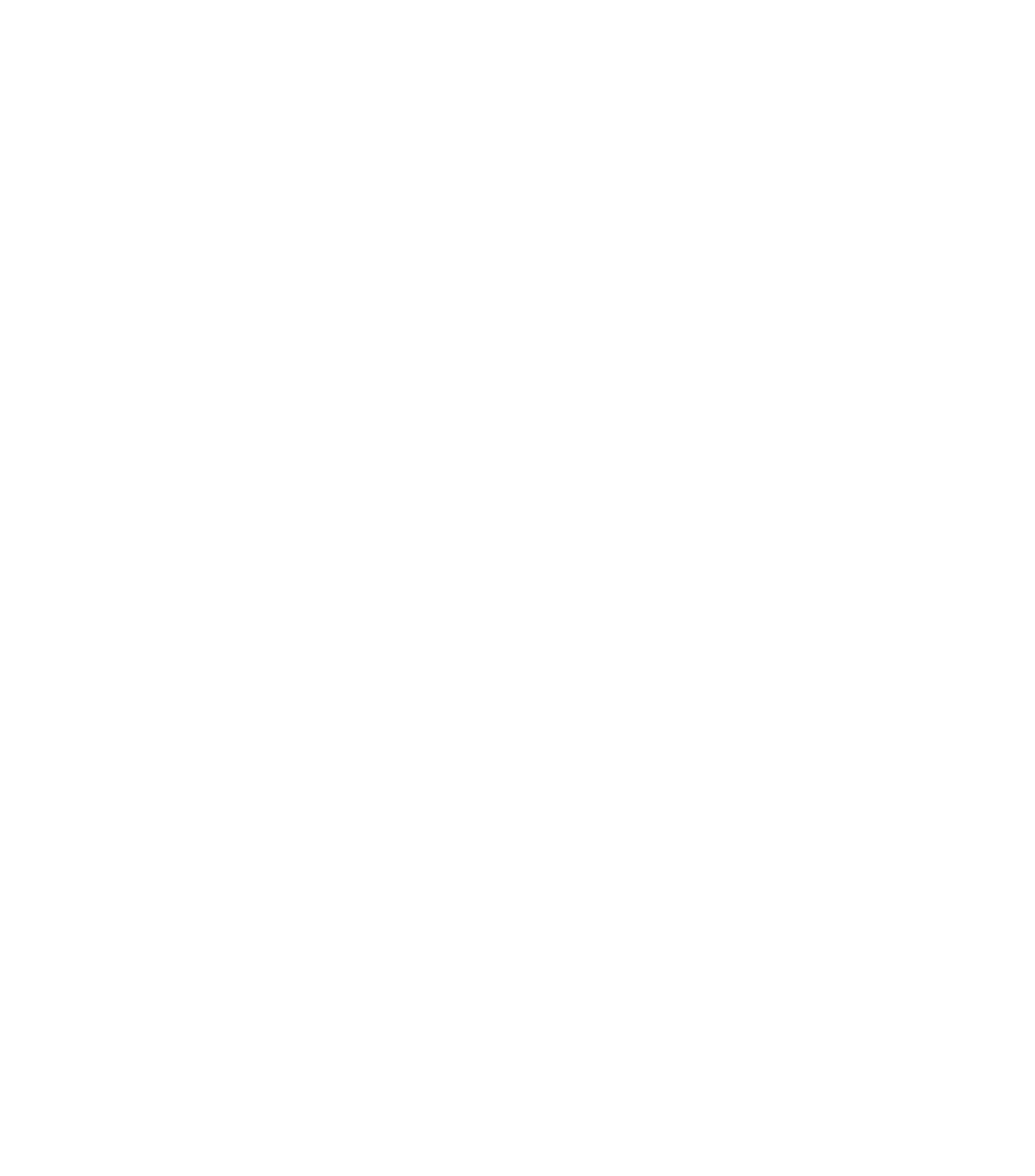Panic attacks and anxiety are common mental health issues that can cause significant distress and disruption in an individual's life. Although they share some similarities, panic attack vs anxiety are distinct conditions with unique symptoms and treatment options. This article will discuss the differences between panic attacks and anxiety, their symptoms, causes, and available treatments.
Symptoms of Panic Attacks vs Anxiety
Panic Attacks
A panic attack is an intense, sudden episode of overwhelming fear or anxiety, often accompanied by physical symptoms. Some common panic attack symptoms include:- Racing heartbeat or palpitations
- Sweating
- Trembling or shaking
- Shortness of breath or hyperventilation
- Chest pain or discomfort
- Dizziness or lightheadedness
- Nausea or abdominal distress
- Fear of losing control, going crazy, or dying
Anxiety
Anxiety is a persistent feeling of worry, fear, or unease that can interfere with daily life. Some common signs and symptoms of anxiety include:- Restlessness or feeling on edge
- Becoming easily fatigued
- Difficulty concentrating or mind going blank
- Irritability
- Muscle tension
- Sleep disturbances, such as trouble falling or staying asleep, restless sleep, or unsatisfying sleep
Causes of Panic Attacks and Anxiety
Several factors contribute to the development of panic attacks and anxiety, including:- Biological factors: Genetics, brain chemistry, and hormonal imbalances can all play a role in the development of anxiety and panic disorders. Individuals with a family history of these conditions may be more susceptible to experiencing them.
- Psychological factors: Causes of panic attacks and anxiety can include underlying mental health conditions, such as depression, or maladaptive thought patterns, like catastrophizing or negative self-talk.
- Environmental factors: Chronic stress, exposure to violence or conflict, and other environmental factors can increase an individual's risk of developing anxiety and panic disorders.
Treatment Options for Panic Attacks and Anxiety
Various treatment options can help manage panic attacks and anxiety effectively. Some common treatment options include:- Psychotherapy: Cognitive-behavioral therapy (CBT) is a common and effective treatment for both panic attacks and anxiety. CBT helps individuals identify and change negative thought patterns and develop more effective coping strategies.
- Medication: Antidepressants, anti-anxiety medications, and beta-blockers can help manage the symptoms of panic attacks and anxiety. It's essential to work closely with a healthcare professional to find the right medication and dosage for your specific needs.
- Recognize your triggers: Discover common triggers for panic attacks and anxiety, and work to identify and manage your personal triggers.
- Develop coping skills: Implement panic attack coping skills like deep breathing exercises, mindfulness techniques, and positive self-talk to help manage your anxiety and panic attacks.
- Seek support: Reach out to friends, family, or mental health professionals for support and encouragement during challenging times.
- Stay present: Practice grounding techniques, such as sensory exercises, mindfulness techniques, and muscle relaxation, to help manage panic attacks and anxiety. Discover effective grounding techniques and follow a step-by-step guide to implementing these techniques in your life.
- Educate yourself: Learn more about anxiety and panic attacks, their causes, and treatment options, to better understand and manage your symptoms.
- Relaxation techniques: Practices such as deep breathing exercises, progressive muscle relaxation, and mindfulness meditation can help reduce anxiety and prevent panic attacks. Discover natural remedies for panic attacks to learn more about these techniques and their potential benefits and risks.
- Lifestyle changes: Adopting a healthy lifestyle can play a significant role in managing anxiety and preventing panic attacks. Regular exercise, a balanced diet, proper sleep hygiene, and stress management are all essential components of a healthy lifestyle.
Strategies for Managing Panic Attacks and Anxiety
In addition to treatment options, there are various coping strategies and techniques that can help manage panic attacks and anxiety:- Recognize your triggers: Discover common triggers for panic attacks and anxiety, and work to identify and manage your personal triggers.
- Develop coping skills: Implement panic attack coping skills like deep breathing exercises, mindfulness techniques, and positive self-talk to help manage your anxiety and panic attacks.
- Seek support: Reach out to friends, family, or mental health professionals for support and encouragement during challenging times.
- Stay present: Practice grounding techniques, such as sensory exercises, mindfulness techniques, and muscle relaxation, to help manage panic attacks and anxiety. Discover effective grounding techniques and follow a step-by-step guide to implementing these techniques in your life.
- Educate yourself: Learn more about anxiety and panic attacks, their causes, and treatment options, to better understand and manage your symptoms.
